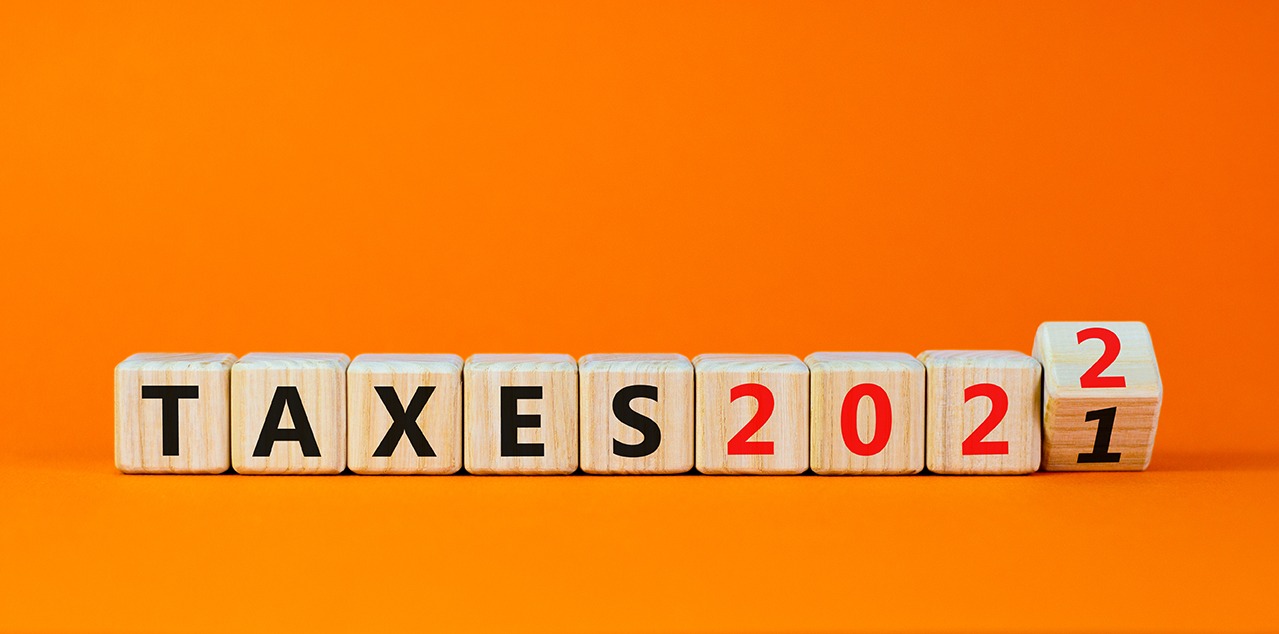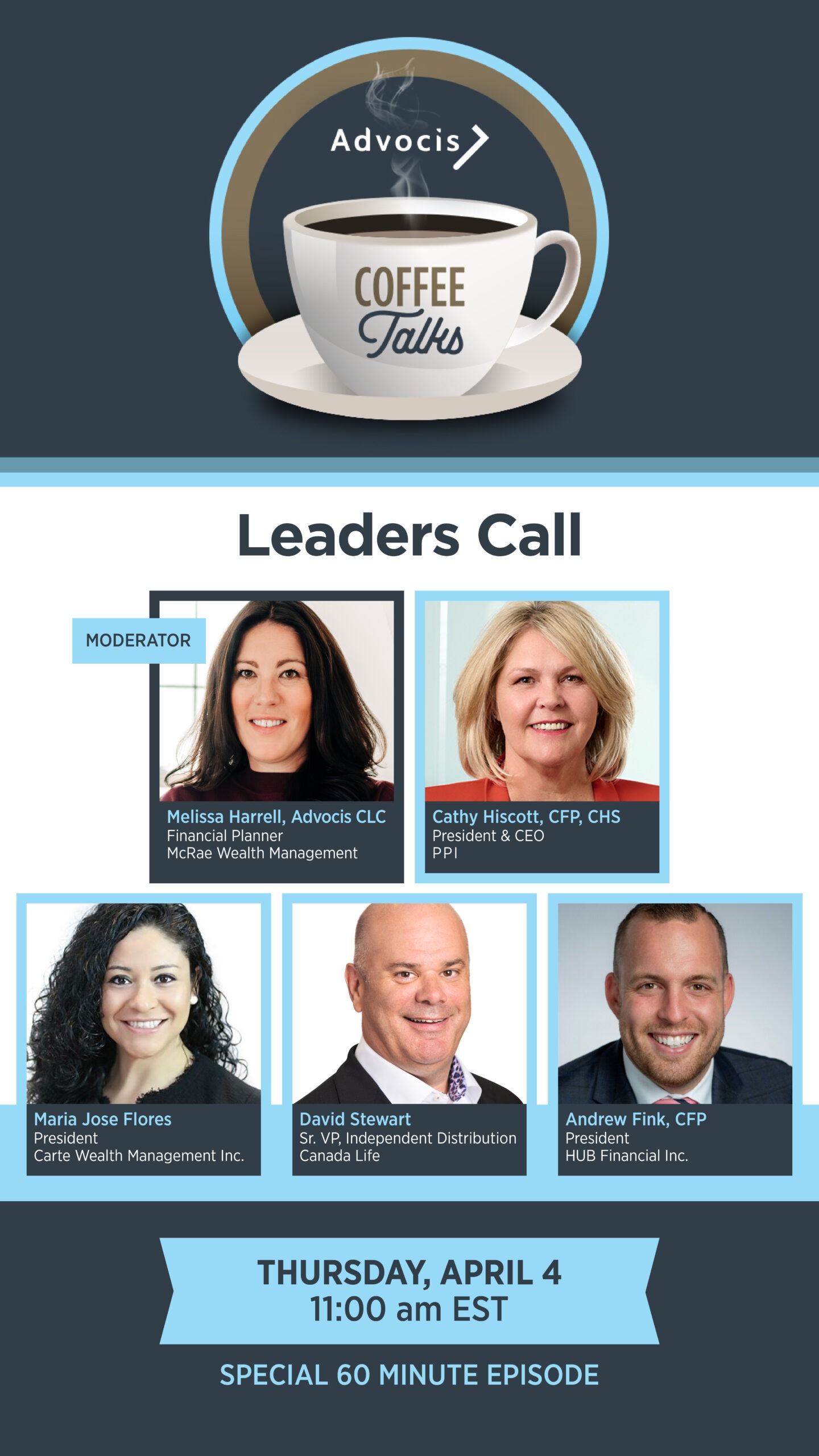(From the January 2022 Edition of eFORUM)
By Jamie Golombek and Debbie Pearl-Weinberg
Welcome to 2022 — a brand-new tax year. Here are some tax tips for each age and stage of your clients’ lives to get them off on the right tax foot for the year ahead.
Teens
Most teens don’t earn enough income to pay any tax. But just because they don’t have to file a return, should they? That depends on whether the teen had any income in 2021 that could create contribution room for their Registered Retirement Savings Plan (RRSP). For example, if they earned $2,000 in 2021 from babysitting or being a camp counsellor, filing a tax return will create $360 (18% of earned income) of RRSP contribution room that may be used in any future year when they could use the tax deduction to reduce their income.
Post-secondary students
If your client opened up a Registered Education Savings Plan (RESP) as a subscriber for their children who are now enrolled in post-secondary level education, now is a good time to consider some strategic withdrawal planning. RESP withdrawals for school, other than original contributions, are taxable to the student as “educational assistance payments” (EAPs) that include the income, gains, and Canada Education Savings Grants.
In 2022, the student has the 2022 $14,398 enhanced basic personal amount with which to shelter EAPs, and can also claim a federal tax credit for the cost of tuition, currently averaging approximately $6,700. That’s a total of more than $21,000 in non-refundable credits with which to shelter other income and EAPs.
Using this knowledge along with an estimate of any part-time or summer job earnings anticipated for 2022, your client can be strategic on how funds are withdrawn from an RESP in 2022 to minimize tax over the course of the child(ren)’s educational program.
Employees
If your client is an employee, they will have tax deducted at source from their regular salary payments. The amount of tax withheld is calculated taking into account certain credits to which the employee is entitled, but without taking into account various other credits and deductions claimed when a tax return is filed.
If a large tax refund is expected, then the employee can reduce the amount of taxes withheld by the employer. There are two main ways to do this: revisiting form TD1 and filing Form T1213.
Form TD1, “Personal Tax Credits Return,” along with its provincial (or territorial) equivalent, is a form they would have filled out at the start of employment. The form lists various credits, such as the basic personal amount, the disability amount, and the spouse or common-law partner amount, among others. If circumstances have changed since joining the employer, making the employee eligible for one or more of these credits, updated TD1 forms can be completed and submitted now so tax deductions at source may be reduced for 2022.
But for many employees, the root causes of a tax refund are tax deductions and certain other credits that are taken when the 2022 tax return is filed, such as RRSP contributions, deductible spousal support payments, interest on money borrowed for investment, child care expenses, medical expenses, and donations, which aren’t reflected when tax is deducted by the employer.
If that’s the case, now is a great time to consider completing Canada Revenue Agency (CRA) Form T1213, “Request to Reduce Tax Deductions at Source.” The form, once approved by the CRA, will authorize the employer to reduce the amount of tax withheld at source for 2022.
Using these methods will improve cash flow throughout the year — and eliminate a tax refund next filing season — after all, getting a refund is a sign of poor tax planning! Plus, the increased cash flow throughout the year can be repurposed toward a Tax-Free Savings Account, RRSP, or RESP contribution via an automatic investment program.
Retirees
Finally, if you have clients who are at least 65 years of age and have no pension income, consider converting a portion of their RRSP to a Registered Retirement Income Fund and withdrawing $2,000 annually to take advantage of the annual pension income credit. If the credit is not used in a particular tax year, it’s lost forever (for that year).
Jamie Golombek, CPA, CA, CFP, CLU, TEP, is managing director, tax and estate planning with CIBC Private Wealth Management in Toronto. He can be reached at jamie.golombek@cibc.com. Debbie Pearl-Weinberg, LLB, is executive director, tax and estate planning with CIBC Private Wealth Management in Toronto. She can be reached at debbie.pearl-weinberg@cibc.com.








